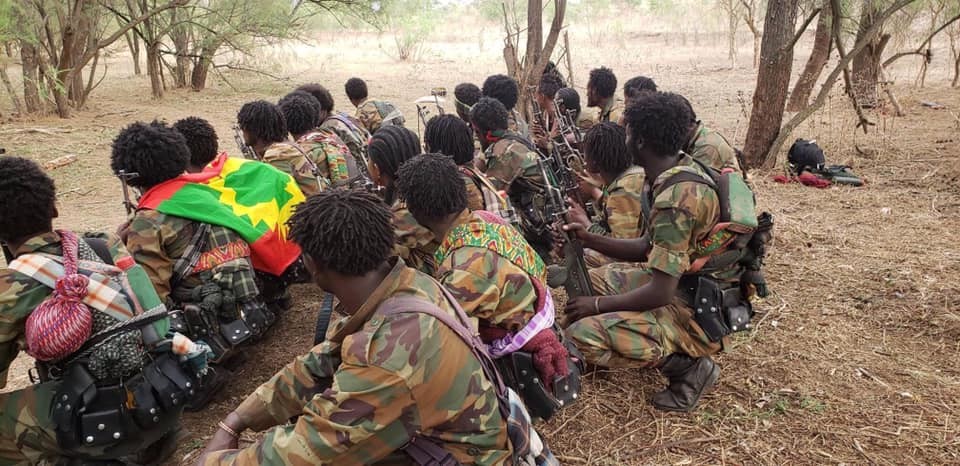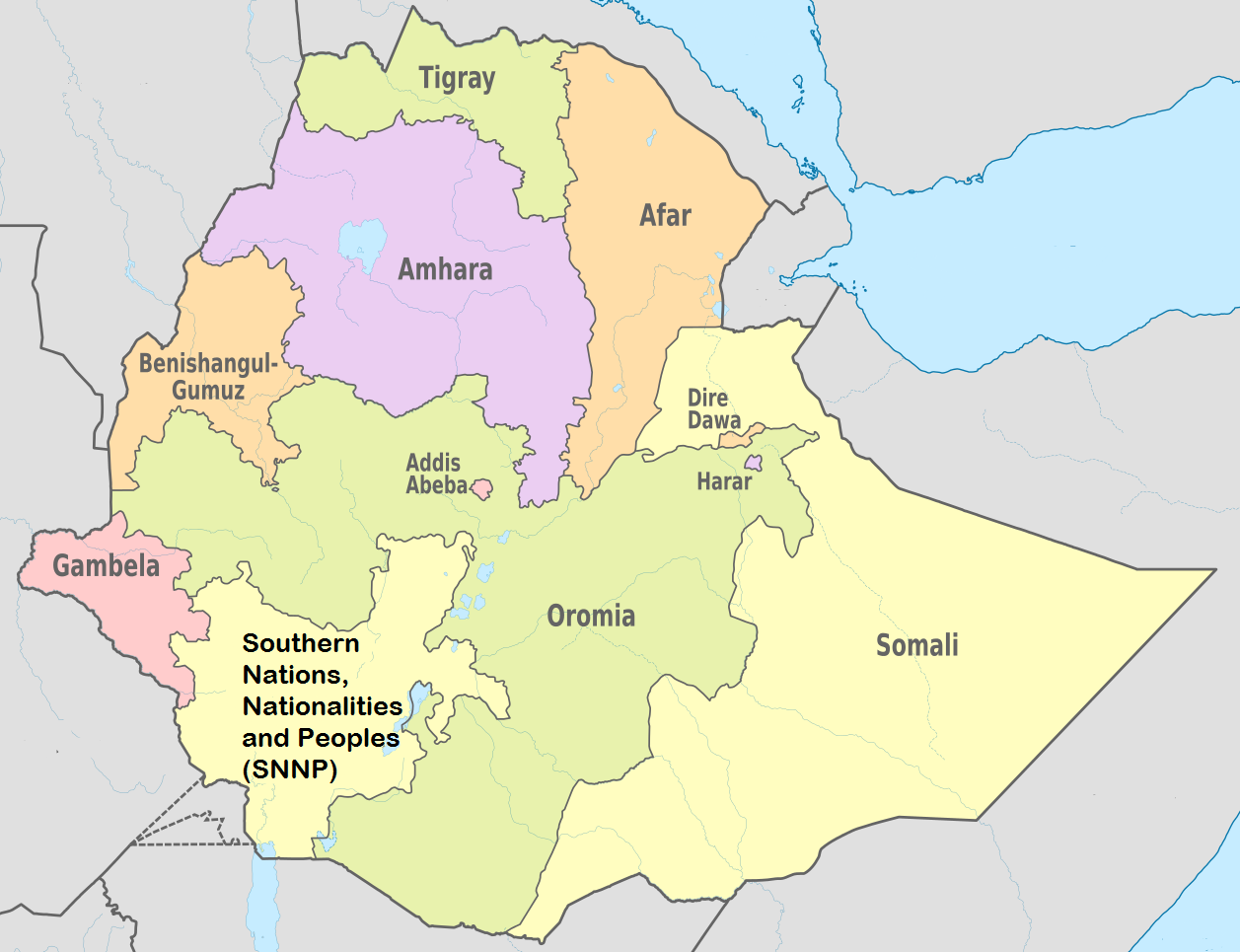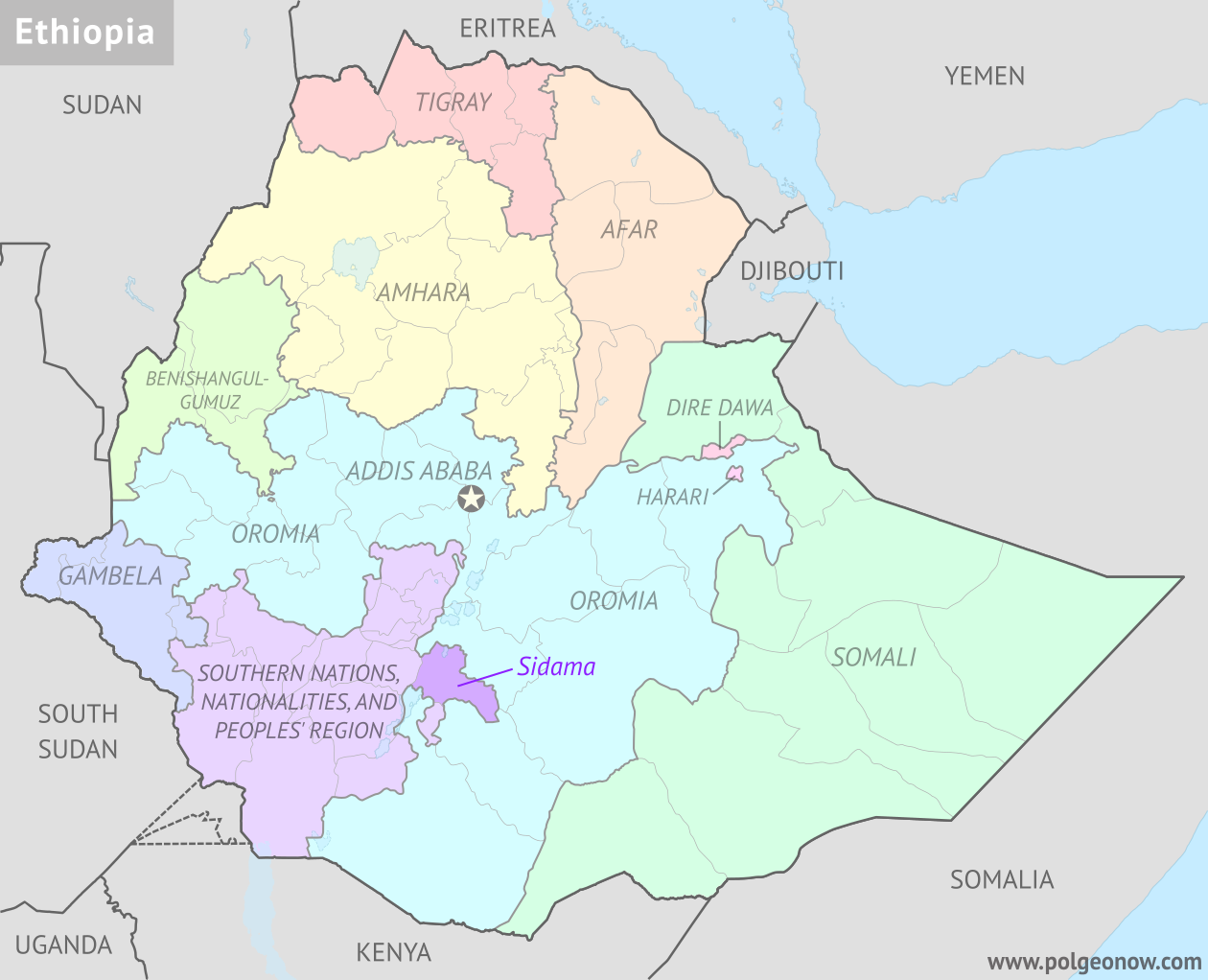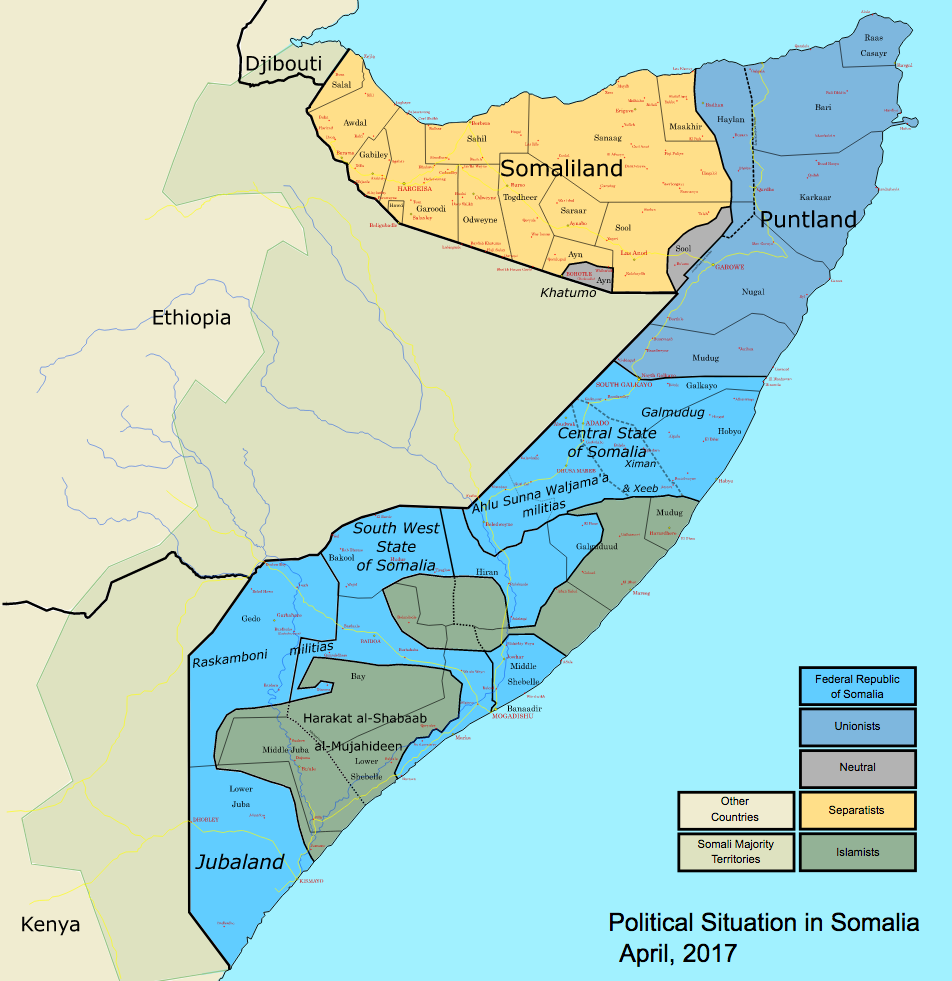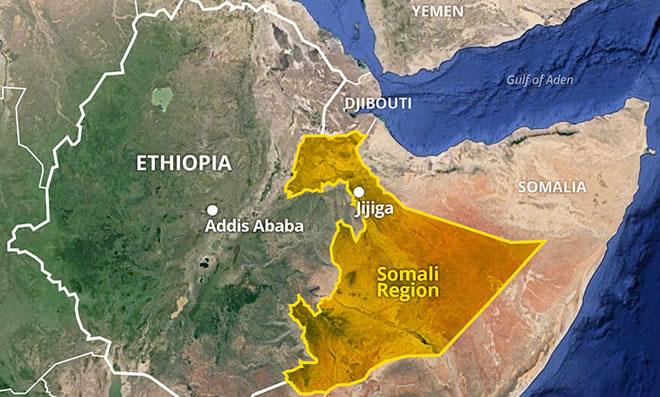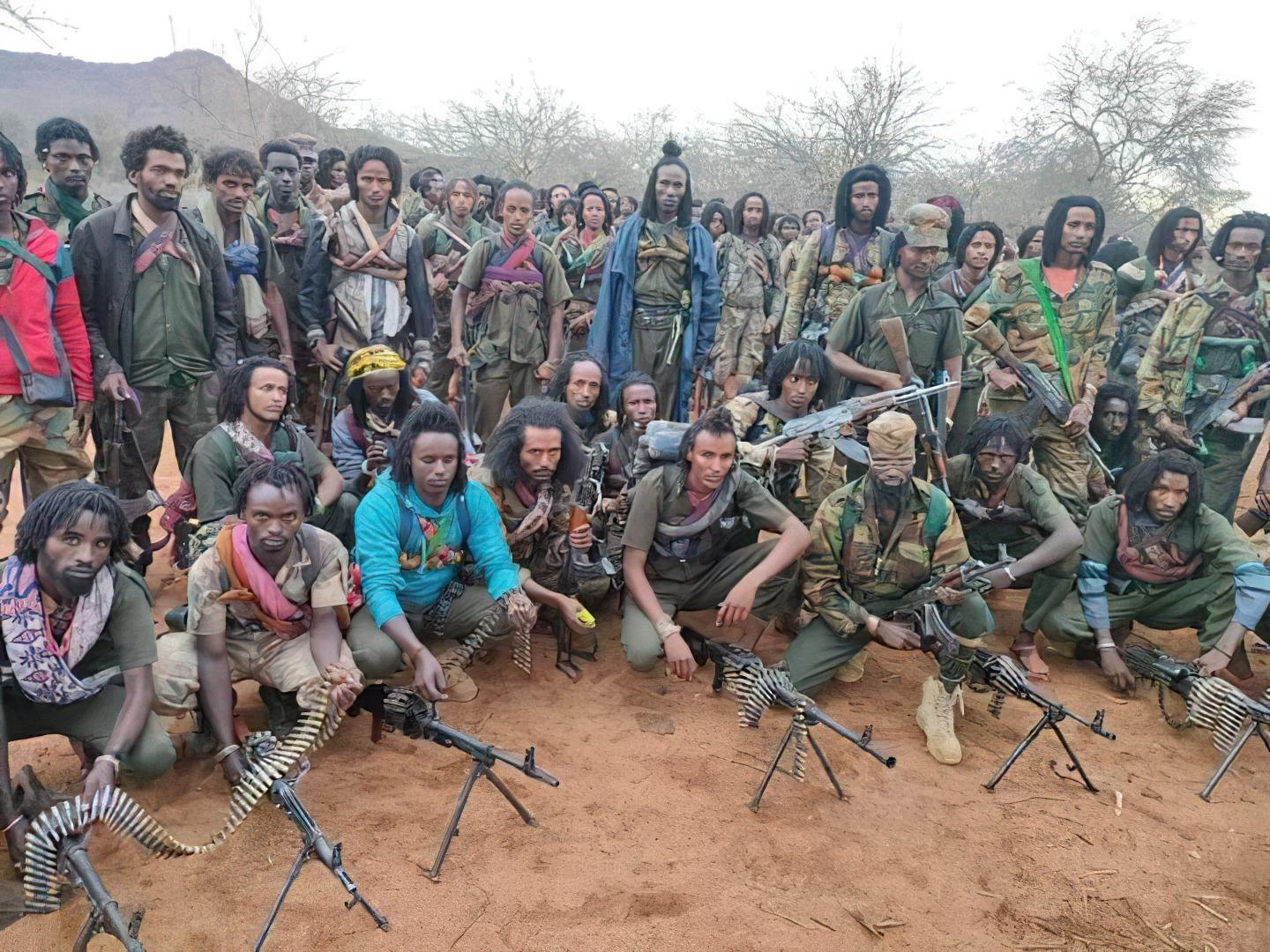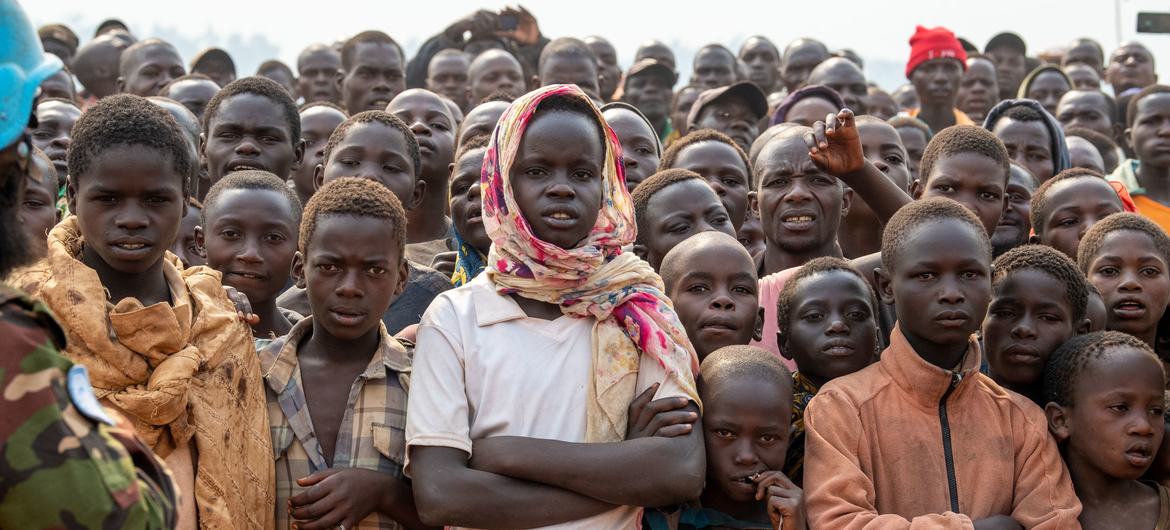
Ethiopia: Tigray protests demand land restitution
Thousands of people displaced by the conflict in Ethiopia’s northern Tigray state took to the streets in demonstrations, demanding a prompt return to their homes and the withdrawal of central government troops. Protesters in multiple cities, including regional capital Mekele, chanted slogans such as “return us quickly to our homelands” and “invading forces should leave our land.” Nearly 3 million people have been displaced due to the conflict in Tigray, which broke out two and half years ago and officially ended with a a peace agreement last November. Efforts to address the humanitarian crisis and resolve outstanding conflicts on the ground are ongoing, with international organizations led by the UN Office for the Coordination of Humanitarian Affairs providing assistance to the affected. (Photo: TigraiTV via Twitter)



